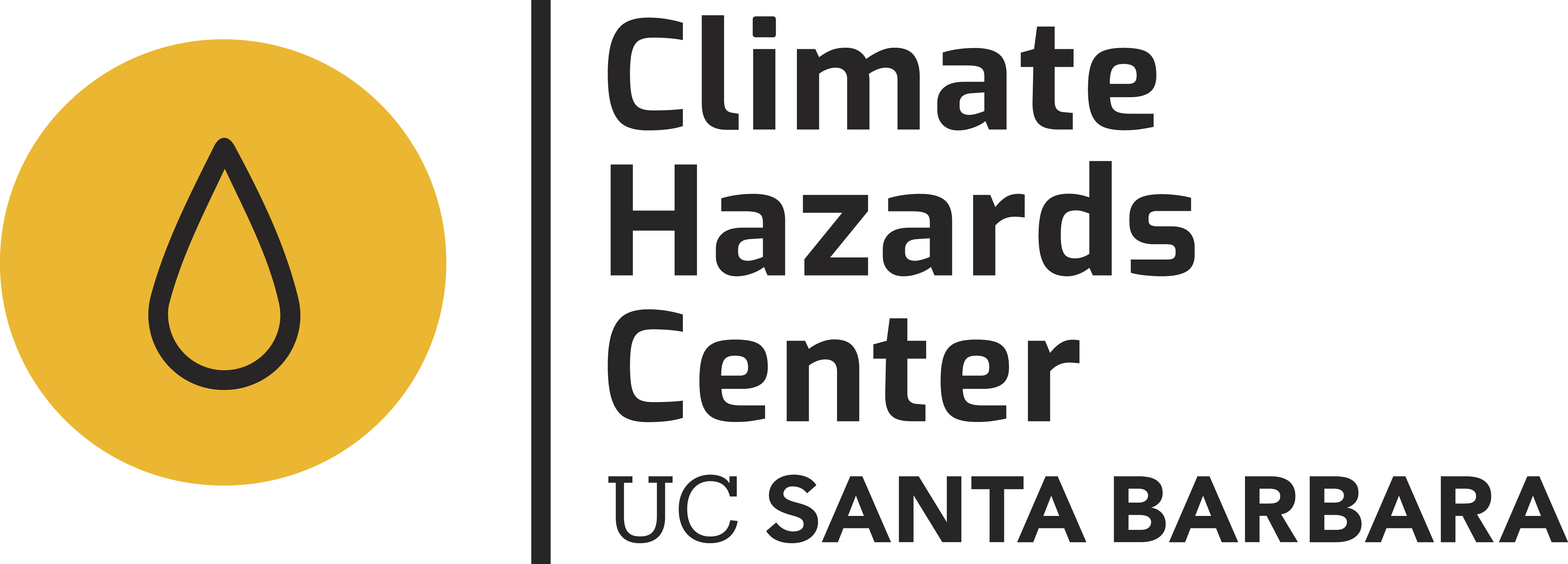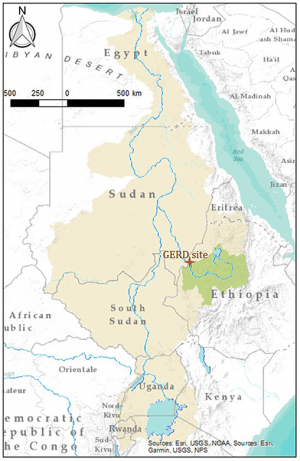Climate Hazards Center's Shrad Shukla contributes to "A Grand Prediction: Communicating and Evaluating 2018 Summertime Upper Blue Nile Rainfall and Streamflow Forecasts in Preparation for Ethiopia's New Dam."
Abstract:
When complete, the Grand Ethiopian Renaissance Dam (GERD) will be the largest hydropower dam in Africa. The GERD has become a focal point of geopolitical tensions because it will allow Ethiopia greater control over the Blue Nile River, Egypt's main source of freshwater. To inform discussions of filling plans and responses, we created a probabilistic seasonal forecast for Upper Blue Nile rainfall and streamflow in the GERD basin. Eight statistical models and eight dynamical models were used to forecast the rainy season (June–September), which were then converted into river flow for June–December 2018. Both statistical and dynamical models predicted a high probability of average to above average rainfall as well as Upper Blue Nile flow in the GERD basin. Actual summer precipitation in 2018 was slightly below the long-term mean but well within the range considered to be “near normal.” Leveraging the increasingly online media landscape for science communication, we made the forecast publicly available through a blog and shared with regional decision-makers in advance of the 2018 rainy season. The blog attracted news coverage in the region focusing primarily on the relatively low likelihood of below-average Nile flow across the forecast ensemble. When asked for feedback on the blog, Ethiopian decision-makers and forecasters reported that flow predictions included in our blog were useful and not part of existing products. Access and comprehension were noted barriers to the use of these types of forecasts, consistent with prior research in forecast communication and dissemination. Forecasts available on such blogs can inform a shared understanding among decision-makers in the management of transboundary waters, yet effective communication and dissemination remain a challenge.
Originally published 07-05-2019

